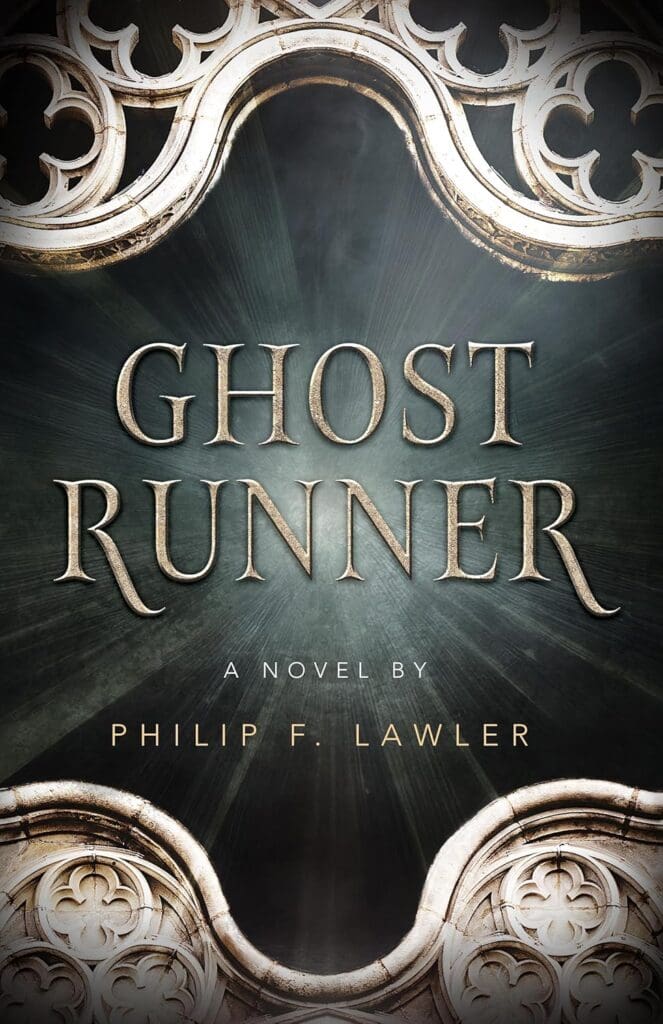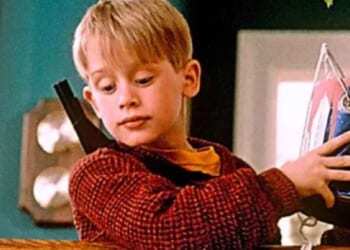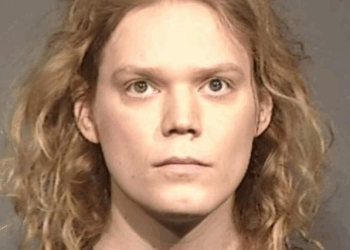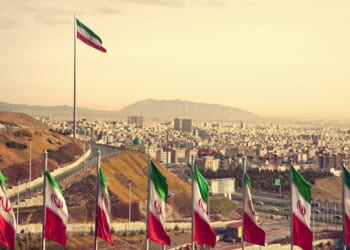Many things remind those of us with eyes to see of the enduring dangers of ideological confusion. In an effort to sort out a few of such confusions, veteran Catholic journalist Phil Lawler exposes the spiritual disorientation of post-conciliar Catholic life in his latest novel, Ghost Runners, which is just appearing this month
A Harvard graduate who also studied political philosophy at the University of Chicago, Lawler brought his analytic rigor first to Washington as Director of Studies at the Heritage Foundation, and later to Catholic journalism – as editor of The [Boston] Pilot, Catholic World Report, and founder of Catholic World News, the first online Catholic news service in English.
He also ran in 2000 as a candidate for the U.S. Senate from Massachusetts and, alas, was badly beaten by Senator Ted Kennedy. But it was a valuable lesson: too many pro-life Catholics fail to translate their convictions to ordinary life, including in how they choose to vote. Catholic World News has since transitioned (to use that now-suspect term) to the CatholicCulture.org website.
Books (and films) about priests can be saccharine, pietistic, brutally scandalous, cartoonish, and downright dishonest. Even the great Fulton Sheen wrote a book, Those Mysterious Priests. Typical of Bishop Sheen, it contained orthodox and solid doctrine, though perhaps it failed to identify a few warts among the brotherhood. But if Phil isn’t Fulton Sheen, neither is he Andrew Greeley (remember him?) ecclesiastical muckraker extraordinaire.
In Ghost Runners, we see hints of Flannery O’Connor’s Wise Blood, Godfather III, and perhaps a touch of Alfred Hitchcock’s Psycho along with a dash of Ghostbusters. Lawler’s protagonist cannot escape the graces of his priesthood amid careerist and worldly Church officials. Even as he confronts evil – both clerical and secular – he discovers mystical realities within and beyond the confessional.
And add in a PBS documentary on El Salvador for good measure. Lawler utilizes his extensive experience to demonstrate how priests navigate the Church’s complex waters and sustain their faith.

Although this is a work of fiction, the main character types are familiar to most priests – and in all likelihood especially so to the priests of the Archdiocese of Boston.
Lawler sets his story in the Reagan years, a period that comes more sharply into focus as the narrative unfolds. The young priest protagonist tells his story to the chancery-appointed psychologist. He reveals his personality and the profiles of his brother priests.
The narration describes the realistic and wonderfully complicated intricacies of the priesthood from the inside. Such stories are familiar to any priest alive today who suffered through the 1980s. Many religion writers – conservative and liberal alike – never quite capture that reality. Lawler does.
The priest protagonist remains faithful despite many reasons to surrender to infidelity or walk away from the priesthood. He identifies several routine vices among the clergy that usually aren’t categorized as scandalous but, like every sin, can lead to great evil. Catechists like me may pedantically write about the Catholic principle/prudential judgment distinction. Lawler illustrates the distinction with a compelling account of the priest’s visit to 1980s El Salvador during its civil war. Perhaps unconsciously, Lawler captures the habitual and unhealthy caste system that begins in the seminary.
He portrays this same ecclesial anxiety in his depiction of alleged mystical events. The treatment recalls an old joke from the pontificate of Pope John Paul II: What are the two things a bishop dreads most for his diocese? First, an alleged apparition of the Blessed Virgin Mary. Second, a papal visit to his diocesan territory.
But in a real-life instance, Lawler’s characters wrestle with a third high-maintenance possibility: the allegation that little old ladies are undergoing mystical and miraculous occurrences.
Many years ago, in my diocese, there were stories about statues of the Blessed Virgin Mary weeping tears of blood. Despite the best efforts on the part of diocesan officials to see if the occurrences had simply natural explanations, the events remain enigmatic after decades. Many priests, for their part, quietly admit the possibility of such extraordinary events.
Phil Lawler is among the best in the Catholic journalism business. His writing is careful, supported by sufficient evidence, and guided by a keen sense of Catholic orthodoxy and a desire for truth – even with the truth is uncomfortable.
He reminds readers that precision, evidence, orthodoxy, and logic are essential to navigating the Church’s modern minefields with fidelity and integrity. Ghost Runners brings readers into the heart of the Church’s bureaucracy and helps us understand the complex relationships of her clerical saints and sinners.
In the end, Ghost Runners succeeds because it is less an exposé than a meditation on fidelity amid failure, a vocation many of us today may be called to live out. Lawler shows that the drama of priesthood lies not in scandal or sanctity alone, but in the fragile space between the two.
Perhaps the Archdiocese of Boston should commission a portrait of a grizzled Phil Lawler – something in the style of Caravaggio’s Saint Jerome in Meditation – to honor his tireless work sorting out post-conciliar confusion and salvaging authentic Catholic piety.
Ghost Runners could rest on his desk beside the skull.





![Hegseth Demands Fitness Requirements, Says 'Fat Troops' 'Not Who We Are' [WATCH]](https://teamredvictory.com/wp-content/uploads/2025/09/Hegseth-Demands-Fitness-Requirements-Says-Fat-Troops-Not-Who-We-350x250.jpg)






